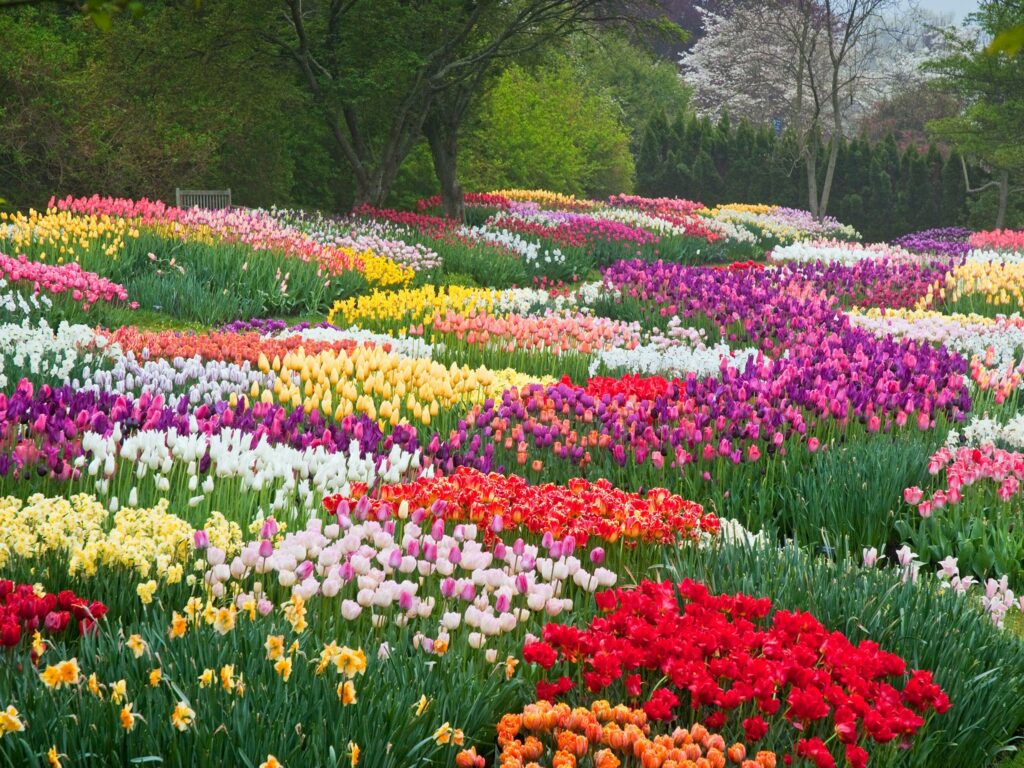Greensboro Beautiful Bulb Distribution Plant Information
go.ncsu.edu/readext?850983
en Español / em Português
El inglés es el idioma de control de esta página. En la medida en que haya algún conflicto entre la traducción al inglés y la traducción, el inglés prevalece.
Al hacer clic en el enlace de traducción se activa un servicio de traducción gratuito para convertir la página al español. Al igual que con cualquier traducción por Internet, la conversión no es sensible al contexto y puede que no traduzca el texto en su significado original. NC State Extension no garantiza la exactitud del texto traducido. Por favor, tenga en cuenta que algunas aplicaciones y/o servicios pueden no funcionar como se espera cuando se traducen.
Português
Inglês é o idioma de controle desta página. Na medida que haja algum conflito entre o texto original em Inglês e a tradução, o Inglês prevalece.
Ao clicar no link de tradução, um serviço gratuito de tradução será ativado para converter a página para o Português. Como em qualquer tradução pela internet, a conversão não é sensivel ao contexto e pode não ocorrer a tradução para o significado orginal. O serviço de Extensão da Carolina do Norte (NC State Extension) não garante a exatidão do texto traduzido. Por favor, observe que algumas funções ou serviços podem não funcionar como esperado após a tradução.
English
English is the controlling language of this page. To the extent there is any conflict between the English text and the translation, English controls.
Clicking on the translation link activates a free translation service to convert the page to Spanish. As with any Internet translation, the conversion is not context-sensitive and may not translate the text to its original meaning. NC State Extension does not guarantee the accuracy of the translated text. Please note that some applications and/or services may not function as expected when translated.
Collapse ▲ These bulbs, corms, tubers, and rhizomes were graciously donated to N.C. Cooperative Extension in Guilford County by Greensboro Beautiful. We have been charged with bringing the bounty to citizens and organizations in Guilford County.
These bulbs, corms, tubers, and rhizomes were graciously donated to N.C. Cooperative Extension in Guilford County by Greensboro Beautiful. We have been charged with bringing the bounty to citizens and organizations in Guilford County.
Bulbs, corms, tubers, and rhizomes all fall under the category of geophytes. Simply put, a geophyte is a herbaceous perennial with a swollen “organ” used for food storage. The plants included in this project are daffodils, tulips, lilies, iris, and peonies, just to name a few. These plants are considered to be low maintenance and offer annual Spring and Summer color to your landscape. These plants are also excellent pollinator attractors, and will bring in bees, butterflies, and other critters to help make your garden grow.
Use the links below for growing information for each of the plant types offered in 2022. You can also find growing information on each bulb packet.
- Allium
- Asclepius (Milkweed)
- Dicentra (Bleedingheart Fernleaf)
- Eremurus (Foxtail Lily)
- Gypsophila (Summer Sparkle)
- Hemerocallis (Daylily)
- Hosta
- Iris (Dutch Iris)
- Leucanthemum (Shasta Daisy)
- Lillium (Asiatic Lily)
- Narcissus (Daffodil)
- Paeonia (Peonies)
- Phlox
- Platycodon (Balloon Flowers)
- Tanacetum (Painted Daisy)
- Tulip
- N.C. Extension Gardener Plant Toolbox
- Flowering Bulbs for Georgia Gardens – University of Georgia
- Summer Bulbs – University of Vermont
- Best Bulbs – Missouri Botanical Garden
Store bulbs in a cool dry place.
If you have additional questions about growing these plants or any others in your garden, please contact our Extension Master Gardener℠ Infoline via email or at 336-641-2404.




